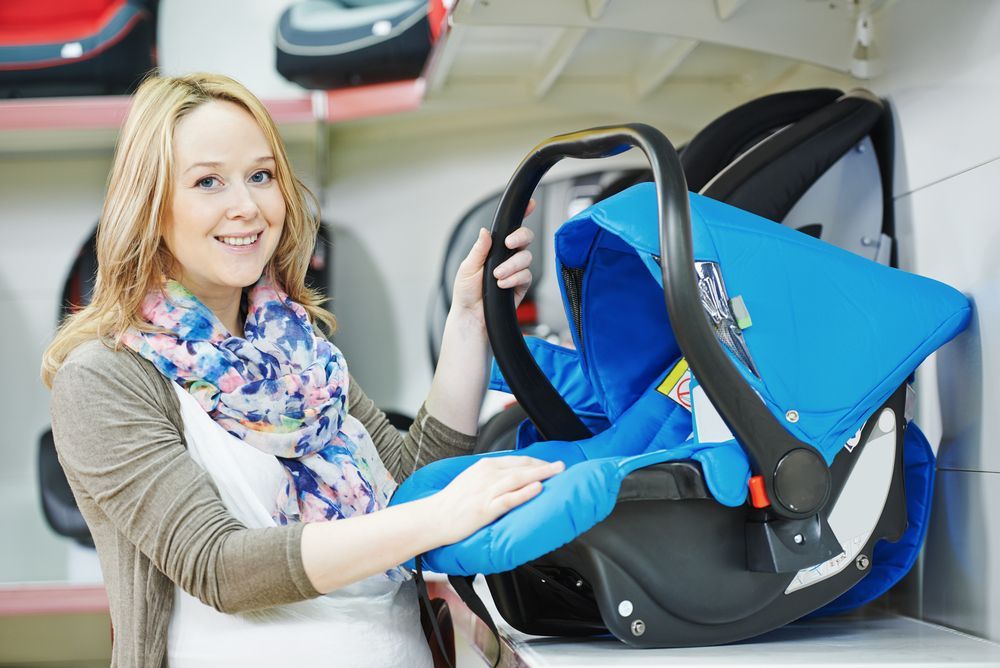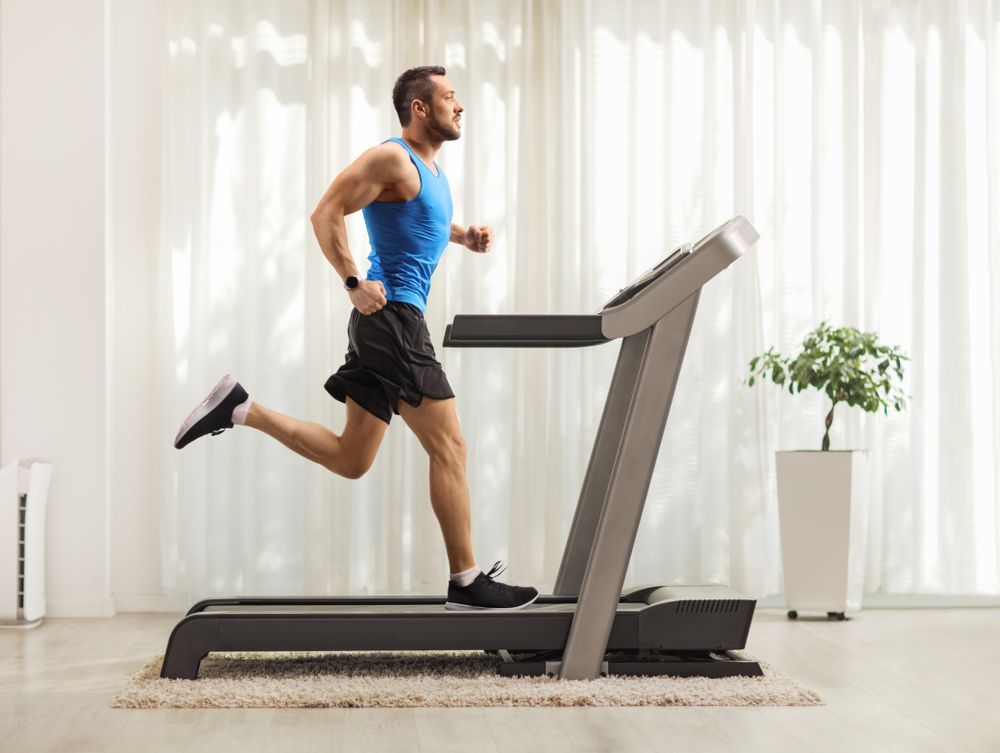
Selecting a tablet: research makes all the difference Tablets are all the rage now—and with good reason. They’re convenient; people can watch movies on them, check their e-mail and surf the Web without needing a lot of storage space or being very heavy.
But selecting the best tablet isn’t that easy; select the wrong model for the wrong tasks and it’s like flushing money down the drain since it won’t do what you need. A number of factors need to be considered before purchasing a tablet; price is only one of them. It means research, but it will save time and money in the long run.
Realize there are some basic technical requirements
Don’t be fooled by really low prices on tablets, as it usually means the product is either inferior or old. Tablets are still computers, just smaller; most people know that computers have a shelf life and a deal that’s too good to be true probably is.
In the case of tablets, the more RAM the better. It’s preferable to have 2 gigabytes of RAM (some even have 3 GB) but most will have at least 1 GB. Anything less than that, and performance will drop drastically—apps will be slow and Web pages will take a long time to load.
Look at the processor as well; Apple uses the A6X and A7 64-bit chips in their iPad series, which provide plenty of power. For non-Apple devices, the Snapdragon 800 chip is fast as well, and Samsung’s Exynos line in its tablets does quite well. Other names include Nvidia’s Tegra 4 processor and Intel’s Bay Trail chips. Keep in mind that the more powerful the machine, the more it affects battery life; a tablet should run at least 7 hours on battery power alone.
Internal storage is important as well. Tablets don’t have the huge storage capacity full-size computers do, but 16 GB is the minimum. Don’t be fooled by being able to add more storage with a microSD card; if the card fails, your project can fail with it. Some tablets have as much as 128 GB of storage, but most people won’t need that much.
Determine what the tablet needs to do
It sounds like a simple concept, but it really isn’t. Some people have tablets as pure entertainment; they use it to watch movies or TV shows, read e-books or check out the latest cat videos on YouTube. Other people need a tablet for business purposes, which means investing in a larger size tablet and full-size keyboard. The new Windows 8.1 tablets have Microsoft Office already preloaded, and Apple offers its free iWork suite (a rough equivalent to Microsoft Office) on its iPad Air. A 10-inch screen is optimal for this—but is also more expensive, usually costing over $200 and more if it’s an Apple product.
For people more interested in watching videos or just reading books, a 7 or 8-inch screen will work just fine for most applications; they’re small enough to be held with one hand while still being large enough to provide a good user experience. Most of these can be found in the $100-200 range, although some with more bells and whistles can cost more. Amazon’s Kindle Fire, Barnes and Noble’s Nook, Samsung’s various models and Apple’s iMini are standouts in this area, although their prices vary widely.
Don’t be confused by the different operating systems
Some people might be puzzled by the various operating systems for tablets: Google’s Android, Apple iOS and Windows 8.1. All of these systems are either based on technology developed for smartphones (Android and iOS) or for desktop machines.
The main reason the differences are important is that each system has its own downloading protocols. Windows 8.1 has about 145,000 apps that users can download, while Apple has over 800,000 total apps with 475,000 designed especially for the iPad.
Android users have a bit more research to do, since not every tablet manufacturer runs a “pure” version of Android; Kindle and Barnes and Noble have both customized their tablets beyond Google’s original design. Make sure that the Android system you pick is also able to use the apps you would like to install.
Adult and “kid-friendly” tablets aren’t the same thing
Many parents have begun purchasing tablets for their children; while this helps their kids move into the digital age, not every tablet is suitable to be used by minors. The Internet is a wonderful thing—for adults. For kids, there needs to be safeguards in place. Tablets for kids don’t quite have the same requirements as adult-oriented tablets; most don’t have 16 GB of storage, so don’t expect the same performance.
It’s best to buy a tablet specifically geared toward children; “kid-friendly” tablets have child-specific games, applications, music and videos as well as parental controls to ensure that not-so-kid-friendly websites end up front and center on a child’s tablet. While prices range between $70 to $250, they’re simple enough for children to play with yet complex enough where children won’t be bored in a few days. Fuhu specializes in children’s tablets partnering with such companies as Nickelodeon and DreamWorks Animation, but Samsung’s Galaxy Tab 3 Kids and Leapfrog’s tablet line are also contenders.
It may seem a bit scary working through the advertising and sales talk on the Internet when looking for the best tablet. But remember that slogging through all the technical details will eventually pay off in a purchase that won’t end up gathering dust on a shelf—instead, the tablet will be used for a number of years and could even be passed on to someone else, which will make the time spent well worth it.
Read next


Car Seats Shopping Guide

